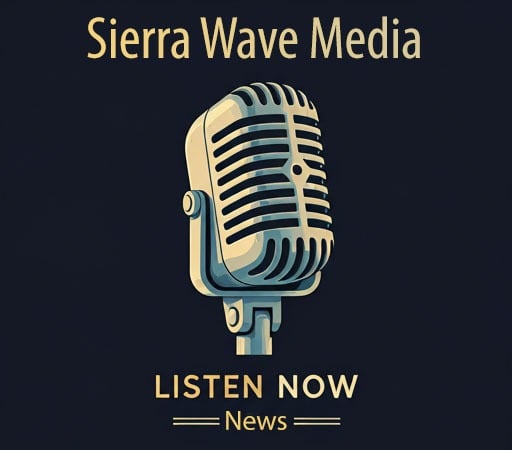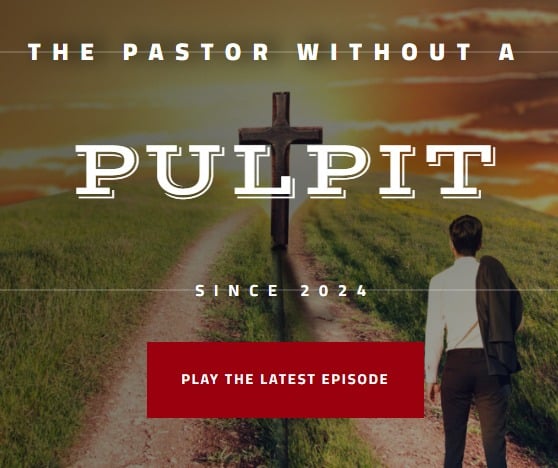|
Fish and Wildlife Service seeks public comment on draft strategy to manage invasive barred owls Management strategy is needed to protect northern and California spotted owls from extinction The U.S. Fish and Wildlife Service is seeking public input on a draft environmental impact statement and draft Barred Owl Management Strategy that addresses the threat of the non-native and invasive barred owls to native northern and California spotted owls. Populations of the northern spotted owl, which is listed as threatened under the Endangered Species Act, are rapidly declining due to habitat loss and competition with barred owls. Based on a recent analysis, northern spotted owl populations in study areas throughout their range declined by 35% to more than 80% over the past two decades. California spotted owls, which the Service proposed for ESA listing earlier this year, face a similar risk from barred owl competition as barred owl populations continue to expand southward. “We’ve been working with partners to manage northern and California spotted owl habitat for years, but we also urgently need a management tool that addresses the increasing barred owl threat,” said Kessina Lee, state supervisor for the Service’s Oregon office. “If finalized, this management strategy and associated permit would provide a mechanism for willing Tribes, agencies, companies, or individuals to implement barred owl management on their lands.” Barred owls are generalist predators and opportunistic hunters, eating almost any species they encounter, including small mammals, birds, reptiles, amphibians, fish, earthworms, snails, slugs, insects, and crayfish. They have invaded western forests from their historical range in eastern North America, threatening the long-term survival of spotted owls and impacting a variety of native wildlife species that either prey for or compete with barred owls for the same food resources. The draft Barred Owl Management Strategy recommends actions to reduce barred owl populations in certain areas of the northern spotted owl’s range and focuses on limiting barred owl expansion into the range of the California spotted owl. Widespread implementation of barred owl management is necessary for the conservation of spotted owls, and the Service intends to coordinate closely with Tribes, federal, state, and private partners on its implementation, which would be voluntary. The Service prepared the draft environmental impact statement and Barred Owl Management Strategy using information and comments received during the public scoping period and the best available science, including results from the large-scale barred owl removal experiment. This study showed that barred owl removal had a strong, positive effect on northern spotted owl survival, which ultimately stopped population declines in areas where barred owls were removed. A 60-day public comment period will start when the notice of availability publishes in the Federal Register later this month. Information on how to submit comments is available at www.regulations.gov by searching under docket number FWS-R1-ES-2022-0074. The Service will host two informational virtual public meetings during the comment period on the following days:
A link and access instructions to the virtual meetings will be posted at www.fws.gov/office/oregon- For moreinformation about barred owl management please visit https://www.fws.gov/project/ The U.S. Fish and Wildlife Service works with others to conserve, protect, and enhance fish, wildlife, plants, and their habitats for the continuing benefit of the American people. For more information about our work and the people who make it happen, visit https://www.fws.gov/pacific or connect with us via Facebook, Instagram, X, YouTube, and Flickr. |
Discover more from Sierra Wave: Eastern Sierra News - The Community's News
Subscribe to get the latest posts sent to your email.


















I hope Fish and Wildlife recognizes that Barred Owls and Spotted Owls hybridize? https://pubs.usgs.gov/publication/1016290
Probably not, doesn’t fit their agenda.
and what is that “agenda”?